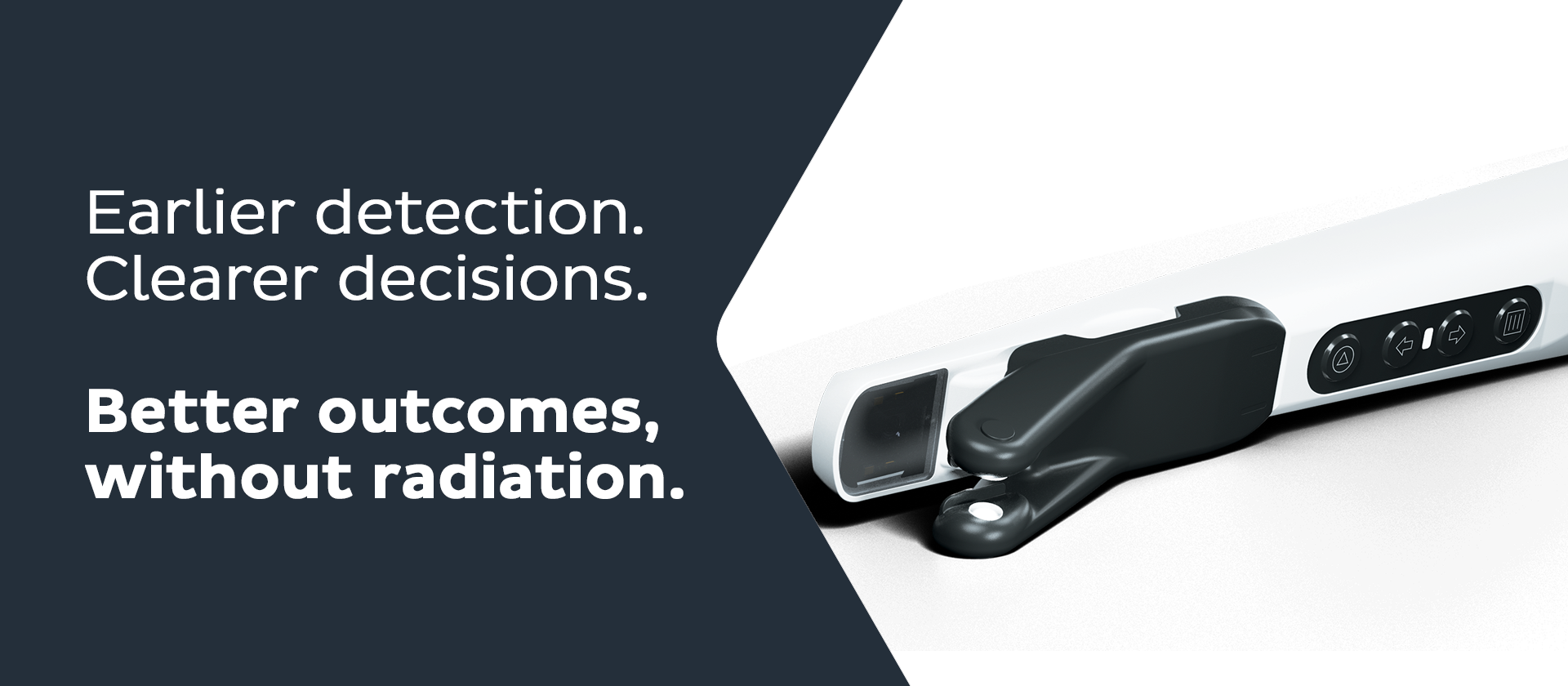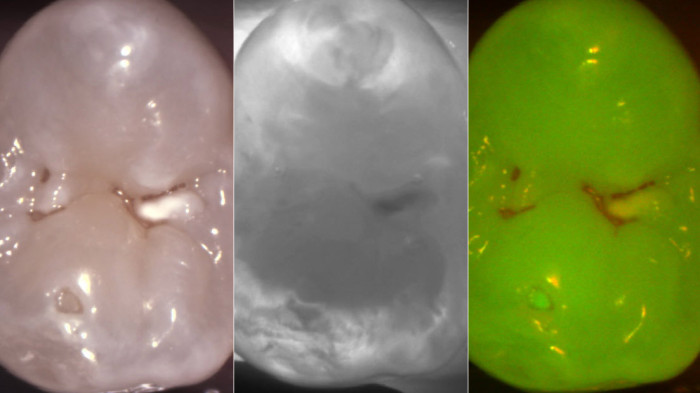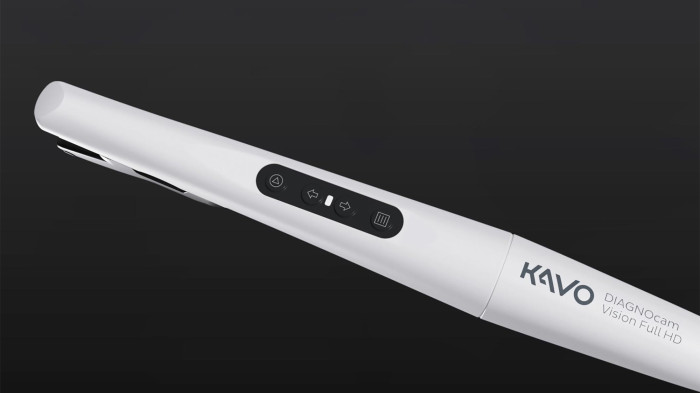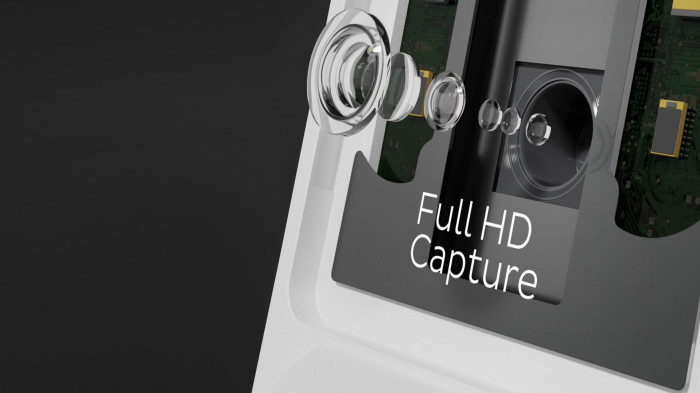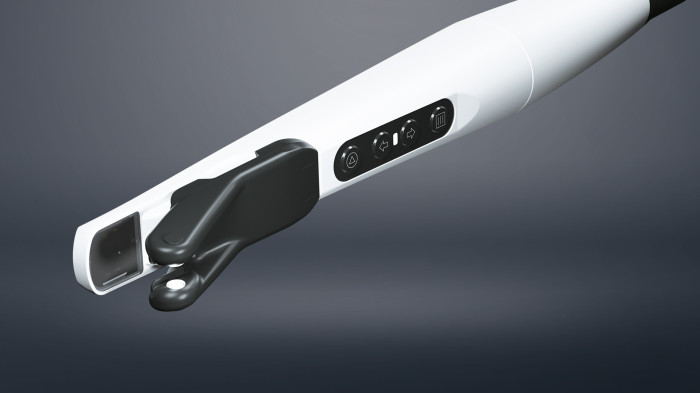Why traditional methods fall short
Have you ever been surprised by a small non-cavitated or micro-cavitated lesion that rapidly progressed to cavitation by the time of the next appointment? Or a caries lesion that remained inactive for years or decades without ever progressing? How often do potentially active interproximal or secondary caries go undetected, simply due to the inherent limitations of relying solely on bitewing radiography and visual-tactile exams?
If the goal in your practice is to maintain your patients’ natural healthy dentition to the greatest degree possible, then a better early caries management system is necessary. With KaVo DIAGNOcam Vision Full HD, it’s now possible.
More accurate and less ambiguous diagnostic visuals allow for better classification of lesion type, severity, and activity status. This allows for more confident and individualized treatment planning, without radiation. Furthermore, the higher clarity and definition of findings help to bridge the gap between doctor, hygienist, and patient, which promotes co-diagnosis and case acceptance.
“Combining the three detection and assessment methods with the risk assessment for decision making clearly changes the management approach depending on the patient’s caries risk assessment.”
— Abdelaziz, M. (2023)
DIAGNOcam Vision HD captures images in 3 different modalities.
The KaVo DIAGNOcam Vision Full HD allows you to capture, present and save 3 relevant diagnostic images in less than 1 second. Seamlessly integrates into your current workflow while providing valuable information to both you and your patient.
NIR Transillumination mode
“It is the best method of caries diagnosis, and you can use it safely… DIAGNOcam has better sensitivity and specificity than bite-wing x-rays.”
— Mikolajczyk M. (2024)
Near-infrared transillumination empowers clinicians to detect proximal lesions that might escape clinical observation and distinguish between lesions confined to the enamel and those that have progressed to the enamel-dentin junction.
Versatile detection for every scenario
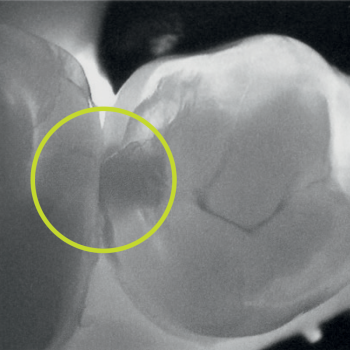
Interproximal caries
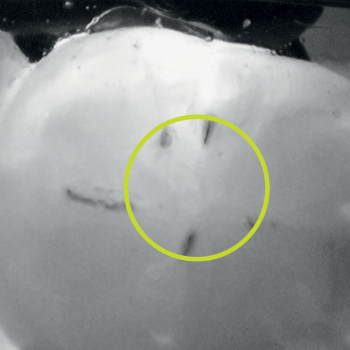
Occlusal caries
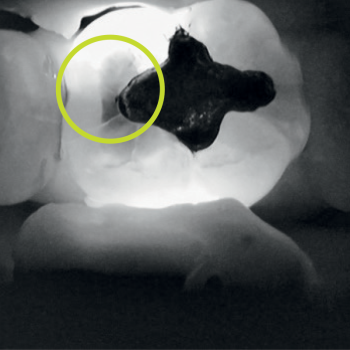
Secondary caries
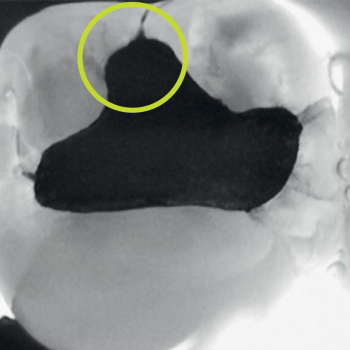
Cracks
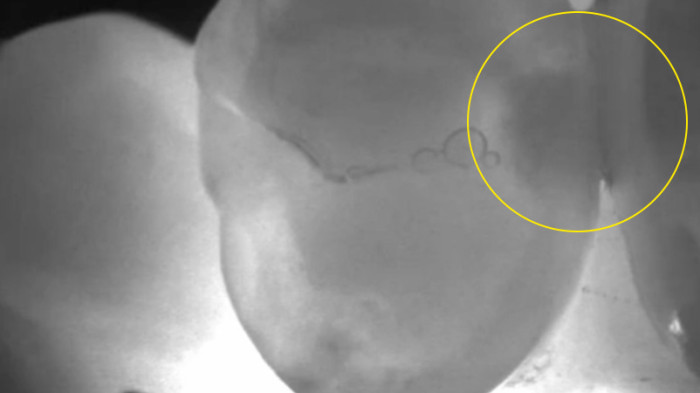
DIAGNOcam Vision Full HD

X-Ray
“It is the best method of caries diagnosis, and you can use it safely. […] [regarding] class II cavities and non-cavitated approximal caries, DIAGNOcam has better sensitivity and specificity than bite-wing x-rays [… ] cavity shape is much better explained and visible.”
— Mikolajczyk M. (2024)

Fluorescence mode
“The presence of cariogenic plaque revealed by the red fluorescence indicates that the lesion is active… it indicates that the surface is at risk of lesion development and progression.” — Abdelaziz, M. (2023)
Transillumination and Fluorescence as the foundation of a caries management plan allow clinicians to monitor the early lesion activity and progression without the need for irradiation.

A Workflow for Modern Caries Management
NIR and fluorescence modes enhance both the initial diagnosis and ongoing monitoring. Provide customized prevention plans—without radiation exposure.
“Follow-up appointments are now more informative—for both patient and dentist.”
- Abdelaziz, M.
A workflow for caries management and care plan development integrating the use of NIR and fluorescence to assist the detection and diagnosis phase as well as the revaluation and monitoring aspect.
- Abdelaziz, M. (2023)
Explore More Resources
Learn more about early caries detection, the science behind the DIAGNOcam Vision Full HD, and practical application insights from leading experts.

| 
| 
| 
|
|---|---|---|---|
Dr. Marwa Abdelaziz Article | Dr. John Fluke — Evaluation Video | Dr. John Fluke — Article | DIAGNOcam Vision Full HD Video |
Ready to detect earlier and treat smarter?
Reqest a demo:
Attribution Statement:
Portions of this content are adapted from: Abdelaziz, M. (2023). Detection, Diagnosis, and Monitoring of Early Caries: The Future of Individualized Dental Care. Diagnostics, 13(24), 3649. https://doi.org/10.3390/diagnostics13243649. Licensed under CC BY 4.0. Content has been adapted for brevity and clarity.
